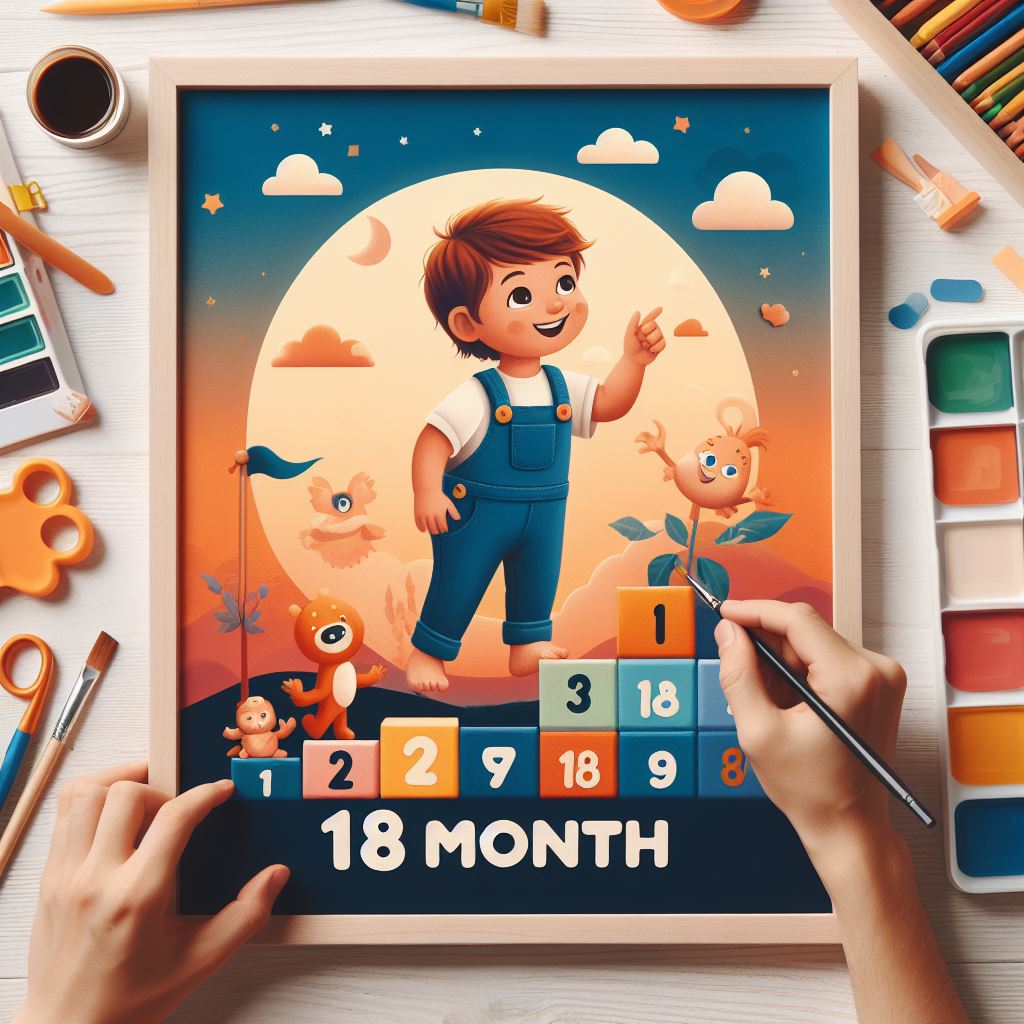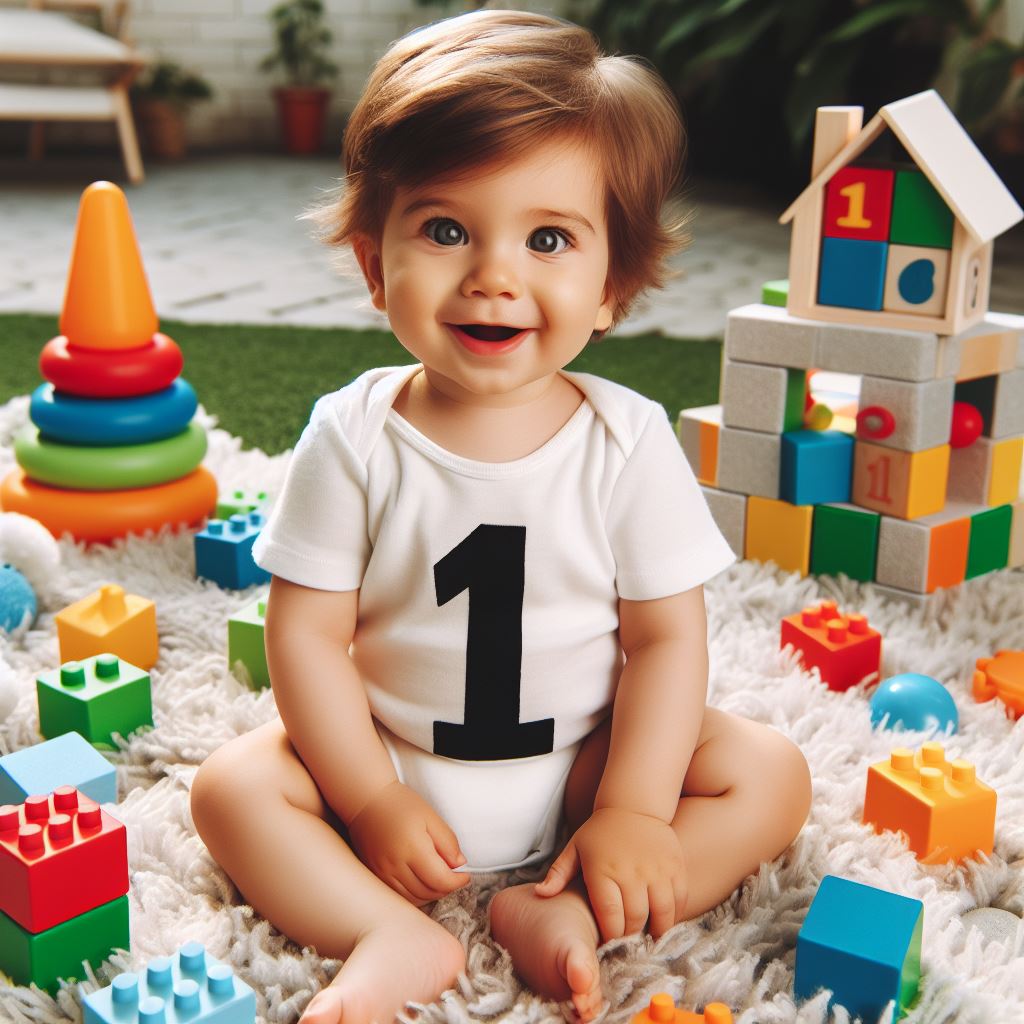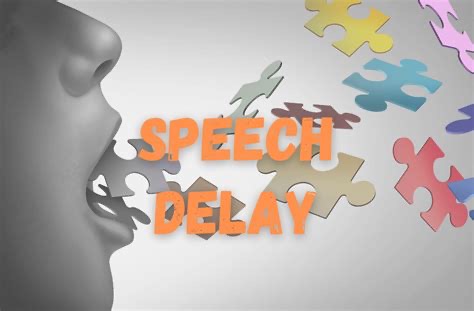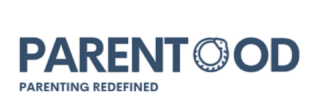Your basket is currently empty!
Author: parentood.com
-

Your child is Toddler at 18 months old
Physical development at 18 months old At 18 months, your child is likely navigating her newfound mobility with confidence, displaying steady walking skills and an adventurous spirit. She enjoys exploring by climbing on furniture and scrambling over sofa cushions. Although she can climb up stairs with some assistance, she often prefers to crawl up and…
-

Exciting Milestones at 12 Months: Your Baby’s Journey into Walking
Physical Development at 12 Months old The anticipation is high as your 12-month-old might be ready to take those first independent steps any day now. While some babies start walking around nine or 10 months, the average age is around 13 months. When your little one begins to walk, you might notice her feet turning…
-

Cognitive development for 1 year old
What is Cognitive development for 1 year old? Cognitive development in a one-year-old is marked by significant growth in various areas of mental and intellectual abilities. Here are key aspects of cognitive development for a one-year-old: Object Permanence: Understanding that objects continue to exist even when they are out of sight. For example, if you…
-

Cognitive development for 2 year old
What is Cognitive development? Cognitive development in a 2-year-old refers to the growth and progression of a child’s mental and intellectual abilities. During this stage, children undergo significant changes in their thinking, problem-solving, language, memory, and understanding of the world around them. Here are some key aspects of cognitive development in 2-year-olds: Language Development: Vocabulary…
-

What is sleep Regression learn to cope strategies
Sleep regression in babies can be an exhausting phase for both parents and little ones, marked by disrupted sleep patterns that once seemed consistent. It’s a period where babies experience changes in their sleep routines, leading to increased night waking, shorter naps, and difficulties settling down. This phase, often termed a “sleep regression,” is a…
-

Difference between Speech and Language Disorder
Understanding the distinctions between speech and language disorders is crucial in identifying and addressing challenges that children or individuals may face in communication. While these terms might seem interchangeable, they actually represent different facets of communication difficulties. Speech Disorder: A speech disorder primarily concerns the production of speech sounds. Individuals with speech disorders may have…
-

Speech Delay Worries:A Parent’s Next Steps
The occurrence of speech and language difficulties within families can sometimes be associated with a genetic link. However, the realm of communication skills is incredibly diverse, and not all challenges are hereditary. When considering familial patterns in speech and language difficulties, it’s essential to acknowledge the complexity of these skills and their potential origins. While…
-

The Crucial 3-Year Journey of Speech Development in Children
The initial three years of a child’s life are marked by remarkable brain development, constituting the most crucial phase for acquiring speech and language abilities. During this period, the brain undergoes significant growth and refinement, creating a foundation for lifelong language skills. This developmental phase is immensely influenced by the environment that surrounds the child.…
-

Speech and Language: Cornerstones of Child Development
Effective communication is vital for children to comprehend the world around them, acquire knowledge, engage in conversations, build friendships, and express their emotions. It’s comforting to realize that numerous children face challenges with speech and language, and these struggles don’t necessarily indicate underlying issues. Research suggests that around 1 in 10 children encounter difficulties in…
-

Cause of Chromosomal abnormalities
Chromosomal abnormalities like Down syndrome, Trisomy 18 (Edwards syndrome), and Trisomy 13 (Patau syndrome) result from genetic alterations affecting the number or structure of chromosomes in a person’s cells. Down Syndrome: Cause: Down syndrome, also known as Trisomy 21, occurs when an individual has an extra copy of chromosome 21. Typically, humans have 23 pairs…
